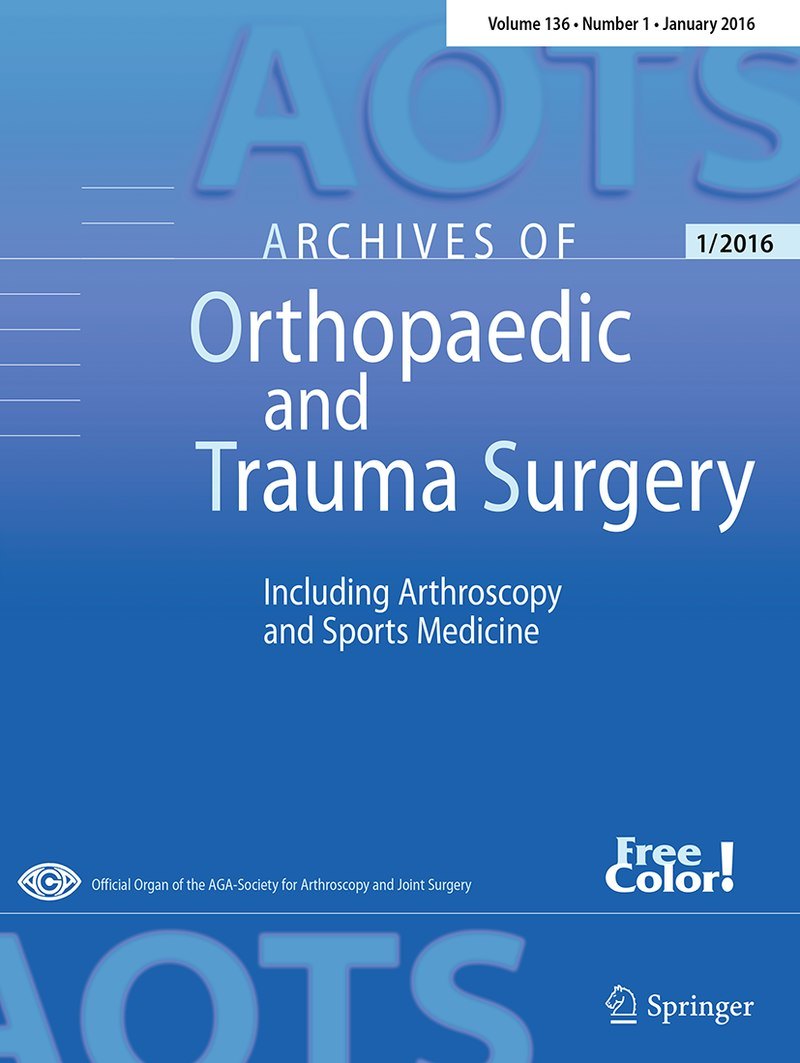
TKA: Interval clamping drain provides greater bleeding control than non-clamping methods

TKA: Interval clamping drain provides greater bleeding control than non-clamping methods
Three-hour interval drain clamping reduces postoperative bleeding in total knee arthroplasty: a prospective randomized controlled trial
Arch Orthop Trauma Surg. 2012 Jul;132(7):1059-63. doi: 10.1007/s00402-012-1501-z. Epub 2012 Mar 13Did you know you're eligible to earn 0.5 CME credits for reading this report? Click Here
Synopsis
100 patients who underwent uncomplicated total knee arthroplasty (TKA) were randomized to assess the efficacy of bleeding control for a clamping protocol compared to a non-clamping protocol. Patients received either non-clamping (where a vacuum drain was run continuously during the first postoperative day) or 3-hour interval clamping (where the vacuum was stopped twice for 3 hours each time). Resu...
To view the full content, login to your account,
or start your 30-day FREE Trial today.
FREE TRIAL
LOGIN
Forgot Password?
Explore some of our unlocked ACE Reports below!

Learn about our AI Driven
High Impact Search Feature
Our AI driven High Impact metric calculates the impact an article will have by considering both the publishing journal and the content of the article itself. Built using the latest advances in natural language processing, OE High Impact predicts an article’s future number of citations better than impact factor alone.
Continue



 LOGIN
LOGIN

Join the Conversation
Please Login or Join to leave comments.